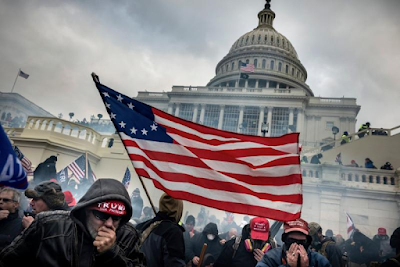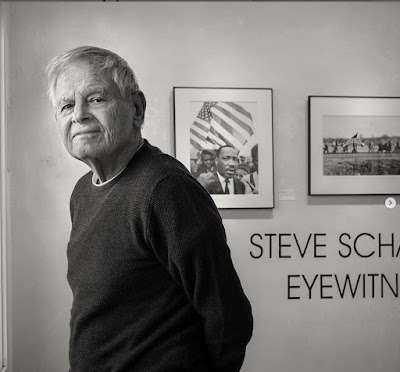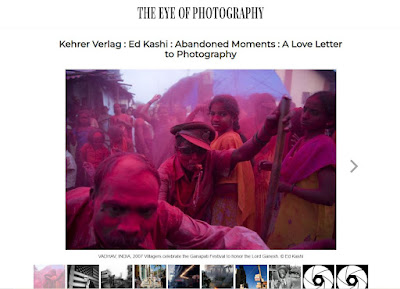Via Rochester Institute of Technology City Art Space
This solo exhibition chronicles politics in the United States from the 2016 presidential election, four years of the Trump administration, the turmoil of 2020 and concludes with the insurrection and its aftermath at the U.S, Capitol in January 2021. Butow writes, "We lived through history minute by minute, so much so that the gravitas of what transpired is apparent only when one steps back and sees how the whole saga unfolded."
"As revisionists seek to trivialize or downplay these events, it's critical to maintain a record of just how close the presidency of Donald Trump brought U.S. democracy to the brink of disfunction." While some of the photographs were taken on assignment, or published right away in places like The New Yorker, Vanity Fair, TIME and Paris Match, Butow says, "I was most interested in making pictures that would be different from daily news coverage and that would be particularly compelling to viewers decades from now." - David Butow
Two different talks will take place during Butow's visit to RIT, both free and open to the public:Charles Arnold Lecture Series Presents David Butow
Thursday, February 3, 6:00 PM | RIT Campus
Wegmans Theater @ MAGIC, RIT Campus, 300 Lomb Memorial Drive, Rochester, NY, 14623.
In person & Zoom/Webinar Option Click Here to Register (for webinar option)
Butow will share an overview of his long career in photojournalism. A facemask is required.
BRINK: David Butow in Conversation
Friday, February 4, 6:00 PM | Downtown Rochester
RIT City Art Space, 280 East Main Street, Downtown Rochester, NY, 14604
Free and open to the public | in-person only, facemasks required
RIT Photojournalism Assistant Professor Jenn Poggi, a former White House photo editor, will lead a conversation with David Butow about his latest project and book, BRINK. A facemask is required.
Butow is a freelance photojournalist whose projects and assignments have taken him to more than two dozen countries including Afghanistan, Burma, Iraq, Peru, Yemen and Zimbabwe. In 2017, as Donald Trump took office, Butow felt compelled to move from California to Washington, D.C., to document the events up close.
Butow's latest work, Brink, is a book of 104 photographs chronicling politics in the United States during the 2016 presidential election and the Trump administration, concluding with the January 2021 insurrection and its aftermath. Jenn Poggi, assistant professor in RIT's School of Photographic Arts and Sciences, served as an editor on the project.
An exhibition of the same name is also on view at RIT City Art Space from Feb. 4-20. A gallery conversation with Poggi and Butow is also scheduled for 6 p.m. Friday, Feb. 4, at City Art Space in downtown Rochester.
The events and exhibition are organized by Poggi and sponsored by RIT's School of Photographic Arts and Sciences.
Related exhibitions: David Butow: Brink













